HERE TO GO:Art, Counter-Culture and the EsotericSymposium Oct. 20 @ NOVA
Forum Nidrosiae
Symposium Saturday October 20 @ NOVA.
Featuring CARL ABRAHAMSSON, ANDREW M. McKENZIE, GARY LACHMAN, KENDELL GEERS, JESPER AAGAARD PETERSEN and KAREN NIKGOL. Curated and moderated by MARTIN PALMER.
I talk a new language. You will understand.
– Brion Gysin
All lectures will be in English.
Throughout the ages, artists have worked with ways of expressing the “inexpressible”, and with bridging the gap between the material world and our inner space. There is an intimate relationship between art and the spiritual. Through the 20th century and to the present day, we have witnessed the emergence of a subcultural movement that is becoming ever more vocal within the arts, informed by “the revival of magick”, counter-cultural revolutions, post-modernism, information technology, and the creation of what some have called an “occulture.” HERE TO GO is the first in a series of Forum Nidrosiae symposiums that wishes to explore the underlying ideas informing this movement of contemporary artists and thinkers, who have adopted elements of radical esoteric techniques and philosophies as a central part of their work. Where do we go from here?
Forum Nidrosiae was founded by Martin Palmer in 2008 as an open forum for what is generally known as occulture, and is currently developing a branch focusing on contemporary artistic endeavors within the cultic milieu.
It is to be remembered that all art is magical in origin – music, sculpture, writing, painting – and by magical I mean intended to produce very definite results. Paintings were originally formulae to make what is painted happen. Art is not an end in itself, any more than Einstein’s matter-into energy formulae is an end in itself. Like all formulae, art was originally FUNCTIONAL, intended to make things happen, the way an atom bomb happens from Einstein’s formulae. – William S. Burroughs
THE SORCERY OF FICTION
Carl Abrahamsson
“We’re living in a culture overflowing with fiction and entertainment. Magical aspects of this development are obvious, both in positive (individual liberty in creativity, inspiration, etc) and negative (control, advertising, etc) ways. The use of talismanic proxies has up until the 20th century been something primarily confined to traditional religious or magical lore. Now, the battlefields of the will exist within a general popular culture. The question of control and anti-control takes on new and perhaps even apocalyptic proportions. The fiction of sorcery has been replaced by the sorcery of fiction.”
The fiction of sorcery has been replaced by the sorcery of fiction.
Carl Abrahamsson is a writer, photographer, musician, publisher and misanthropologist based in Stockholm, Sweden. He is the editor of The Fenris Wolf journal and co-director of Edda Publishing. He has previously visited Forum Nidrosiae with the lecture Contemporary Timelessness – Eternal Trends and the film program Back To Human Nature, as well as with the photography exhibition Döden i våra hjärtan.
http://www.carlabrahamsson.com
ART IN RUNES
Kendell Geers
“The Göbekli Tepe sanctuary in the Southeastern Anatolia Region of Turkey the oldest known human-made religious structure in the world. Built 7000 years before Stonehenge by hunter gatherer nomads, Göbekli Tepe predates every known town, village or city and is the proof that our ancestors created sites of sacred art and architecture long before they even domesticated animals, built cities or learned how to read and write. It can be argued that the creation of art is the world’s true oldest profession and that the need to create art, to conjure sacred symbols and to express and embody the visions of the angels and demons from our imaginations is at the core of our beings. The power of art lies in its ability to bind every culture and society together by cementing primal symbols through arresting archetypes and within semantic codes that transform communities into a shared perception of the sacred.The artist, like the jester, trickster and shaman are able to say, do, think and express ideas and images, to speak uncomfortable truths that open doors of perception, which would land any other member of society in jail or banished from the community.
The artist, like the jester, trickster and shaman are able to say, do, think and express ideas and images, to speak uncomfortable truths that open doors of perception, which would land any other member of society in jail or banished from the community.
The craft of the artist is to spiritualise matter and materialize spirit, to transform magik into art and art through magik, to speak the unspeakable, express the unimaginable, to touch the void and turn the world inside out and outside in. If artists have this power to conjure and freedom to express, why is so much contemporary art so boring, market driven and spiritually bankrupt? Or is it?”
Kendell Geers is an artist, performance artist, musician and film-maker born in Johannesburg in 1968. In 1988, Geers was one of 143 young men who publicly refused to serve in the South African Defence Force and faced either a life in exile or 6 years imprisonment in a civilian jail. In 1989 he left South Africa and lived for a brief period in exile in the United Kingdom and New York where he worked as an assistant to artist Richard Prince.
It was only after Nelson Mandela and other political prisoners’ release from prison, that Geers could return from exile to Johannesburg without fear of being imprisoned. In 1990, he returned to Johannesburg where he worked as an artist, and art critic, curator and performance artist. The first work of art he created back on South African soil was “Bloody Hell”, a ritual washing of his white Afrikaner Boer body with his own fresh blood.
Geers rose to international notoriety when he urinated in Marcel Duchamp’s Fountain in Venice in 1993. He has exhibited globally since the same year and participated in numerous exhibitions.
THE BEAST ON FILM: ALEISTER CROWLEY AT THE MOVIES
Gary Lachman
“We know that Aleister Crowley, ‘the Great Beast’ and most notorious magician of the Twentieth Century, has inspired avant garde film makers like Kenneth Anger and Alejandro Jodorowsky, but what is less known is that he also made an impact on more mainstream, popular cinema, especially in the horror genre. THE BEAST ON FILM will be about how Crowley has been portrayed in some classics of the genre, such as the silent film “The Magician” (1926) and “The Devil Rides Out (1968), and how popular culture in general has served as a way of communicating esoteric ideas, in the face of a ‘highbrow’ culture that rejects them.”
Popular culture in general has served as a way of communicating esoteric ideas, in the face of a ‘highbrow’ culture that rejects them.
Gary Lachman is the author of more than a dozen books charting the meeting ground between consciousness, culture, and the western esoteric tradition, most recently Madame Blavatsky: The Mother of Modern Spirituality (Penguin 2012). Other titles include Turn Off Your Mind: The Mystic Sixties and the Dark Side of the Age of Aquarius (Disinformation 2003), The Secret History of Consciousness (Lindisfarne 2003), and Politics and the Occult (Quest 2008). His biography of Rudolf Steiner (Penguin 2007) has been translated into Norwegian and is published by Flux as Rudolf Steiners Liv Og Tanker, and his other books have been translated into several European languages. He is a regular contributor to Fortean Times, Independent on Sunday, Guardian, LA Review of Books and other journals in the UK and US. In 2011 he contributed an audio guide to the exhibition Geheim Gesellschaften (‘Secret Societies’) held at the Schirn Kunsthalle in Frankfurt and the Museum of Contemporary Art in Bordeaux, where he also lectured on the link between esotericism and the modern world; he also contributed two essays to the exhibition’s catalog Secret Societies (Snoeck 2011).
Mr. Lachman lectures frequently in the UK and Europe and is currently researching a book about Aleister Crowley and popular culture. In a previous life, he was a founding member of the rock group Blondie, and in 2006 was inducted into the Rock and Roll Hall of Fame.
MEGAPOLISOMANCY: METAPHOR AND MAGIC IN THE CITYSCAPE
Jesper Aagaard Petersen, PhD
“In Fritz Leiber’s novel “Our Lady of Darkness” (1977), we are introduced to the European occultist Thibaut de Castries and his seminal work of the magic of cities, expounded in the books “Megapolisomancy: A New Science of Cities” and “The Grand Cipher” or “Fifty-Book”. These are of course entirely fictional; nevertheless, the idea that enormous cities can be used to predict and manipulate potential futures through modern geomancy is not. Neither is the idea that concrete, asphalt, bricks, steel and paper, not to mention crowds, commercials, electricity, fumes and city-space itself, have powers and dangers unlike those found in nature. To understand the interface between science, magic and art giving meaning to the late modern metropolis, this presentation will investigate how various artists, writers, magicians and thinkers have reflected upon the potent magic present in the cityscape.”
Concrete, asphalt, bricks, steel and paper, not to mention crowds, commercials, electricity, fumes and city-space itself, have powers and dangers unlike those found in nature.
Jesper Aagaard Petersen is an Associate Professor at the Norwegian University of Science and Technology and a regular lecturer and co-conspirator in Forum Nidrosiae. His primary interest is what is popularly called “the alternative scene”, “New Age” or “occultism”, that is detraditionalized and syncretistic religion in the contemporary West, particularly small informal groups and individual seekers within a larger “cultic milieu” of “occulture”.
THE SILENT SONG OF THE SPHINX
Karen Nikgol
“This talk will focus on the artistic and choreographic practice of Karen Nikgol, on themes that touch upon the mind, the process of creation and staging mind sets. His work touches upon the inner world of humans, its possibilities and manifestations, concerning artistic practice and individual aesthetics. The aim of the talk will be to make a clear connection between the inner and the outer world of humans; where architecture and physical expressions can give us an insight into our minds and the structures of our brain. Through painting, drawing, staging, curating and film making, Mr. Nikgol has worked intensely with different aspects of aesthetics; all expressing the potential of the human mind and creation. His work involves mystique, humour, and trash side by side with decadence and ”high” aesthetics, mimicking the anti hierarchical intentions of the avant garde, where one conciously and empirically tries achieve new expressions of the mind and of the soul.”
How much is really left of an experience once one has experienced it? It is reduced to a thought, a smell, a feeling that can be awakened by anything related to that exact memory. It is still there, living and breathing inside, only transformed into something quite different, individual. But the memory must be expressed in order to stay alive, and in order to stay in tune with the nature of fluxus, that which always is in motion.
Karen Nikgol is an artist, choreographer and curator born in Teheran in the midst of the Iran-Iraq War. The effects of war, memory and masculinity has effected his work strongly. Karen Nikgol tries to analyze the mind, memory and identity through his background, but without taking any cultural point of view, only in aesthetical, philosophical and abstract terms. He is currently working on a spy opera about the inner world of a mute midget, called ”The Silent Song of the Sphinx”. It will be staged at Black Box Theater in Oslo in early October 2012. Other projects include a solo show of paintings at Leyla Heller Gallery in New York and curating at the contemporary art space in Oslo, NoPlace.
THE MAN BEHIND THE CURTAIN CONSIDERED AS A CASE OF MISTAKEN IDENTITY
Andrew M. McKenzie
All of the things we have known are elements of the imagination at some point in their unfathomably intricate and complicated genesis and eventual implementation; no longer is it ‘reasonable’ to posit that there is still such a ‘thing’ as “cause and effect”. With the re-examination of what was hithertofore considered “alternative”, we may liberate ourselves from the static effects of partial enlightenment, recognizing that growth does not mean that the remnants are not compost for the eventual emergence of development – rather, any comparisons to concepts both living or dead becomes the marker point, the red flag that can alert us to the presence of an atrophied perspective or ten.
To accuse the external is to fall victim (wittingly or unwittingly) to a set of responses that were once useful and are now a genuine hindrance to any personal and public development; addictions to needs (always to be fulfilled in the future) are denied with a vehemence that tells us that we are on the right track to identifying the mechanisms; and with that, the possibility to emerge from the environment becomes manifest from the inside to the external world, rather than the other way around.
THE MAN BEHIND THE CURTAIN CONSIDERED AS A CASE OF MISTAKEN IDENTITY is an examination and practical demonstration of the practice of development without the boundaries of the assumed, and a call to action like no other at the present time for being added to knowledge as opposed to data.
“Responsibility” is the ability of the self to respond with the maximum flexibility it allows itself.
This active investigation provides a way of looking at the self from an angle that would normally have been considered to be bending over backwards without first looking to see if the penny has already perhaps dropped in the slot.
Andrew M. McKenzie is the core of The Hafler Trio, international protagonists of mood engineering for over 25 years, co-founder of Simply Superior, psychotherapist, hypnotherapist, lecturer, teacher, seminar and workshop leader in Creative Thinking, inventor of Complemation, sound engineer, designer, writer, programmer, classical guitar teacher, and far too many other things.
His present goals all involve applying everything learned by experience over the last 48 years for the benefit of others.
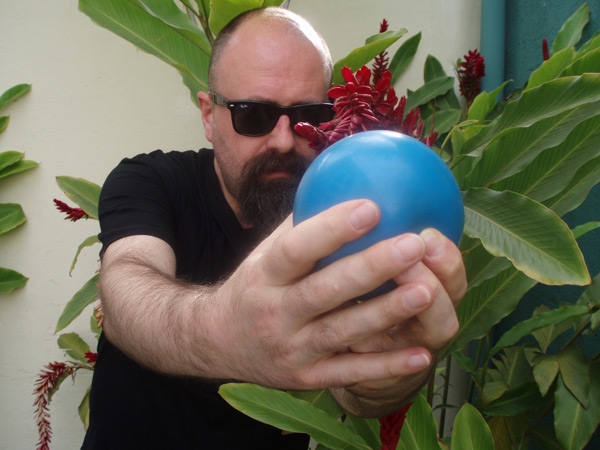
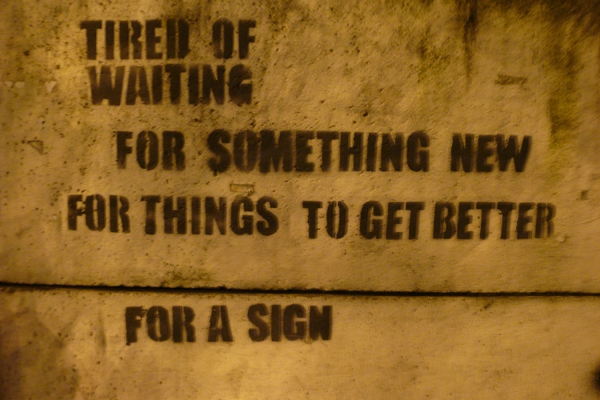

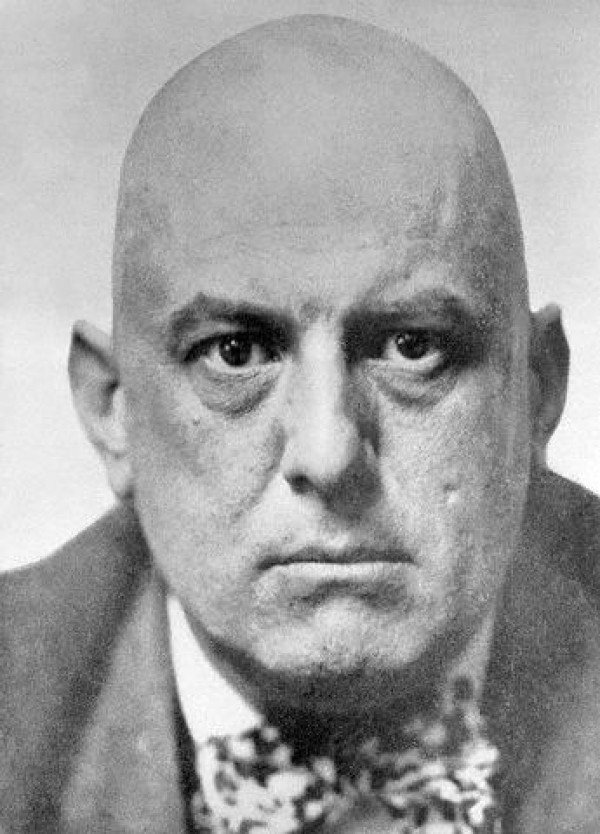
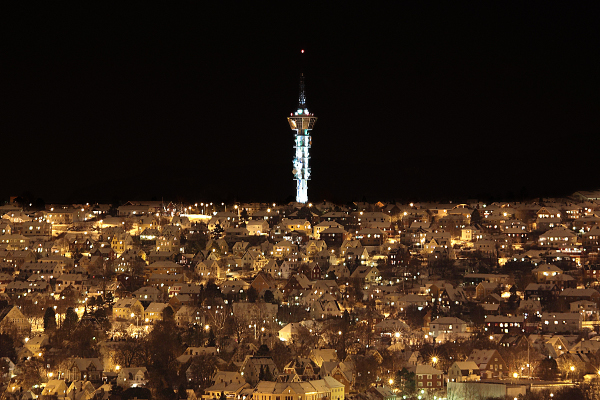
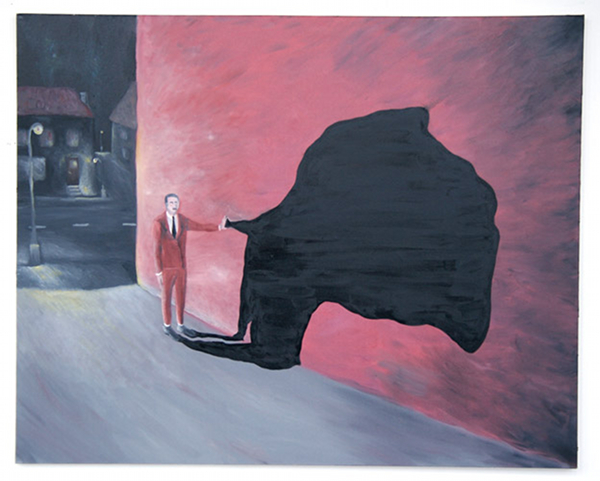


 English
English